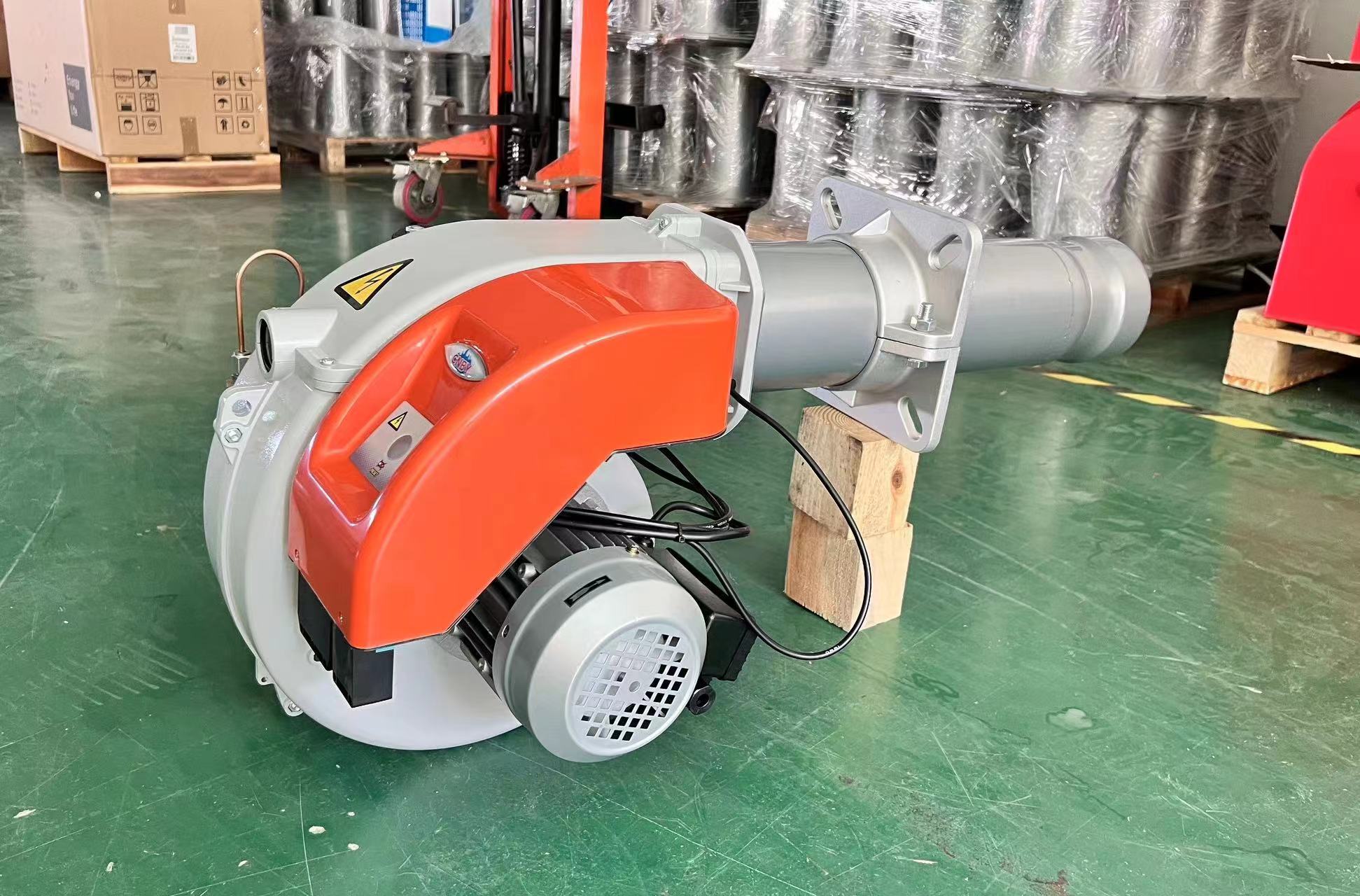How did low Nox of boiler burner come ?
A LO NOx burner is a type of burner commonly used in power station boilers to produce steam and electricity.
John Joyce invented the LO-NOx burner at an Australian Gas Association conference in the early 1990s
Influential Australian inventor John Joyce (of Bowin Cars fame) first became aware of nitrogen oxides (NOx) and their role in the production of smog
and acid rain around 1986. The work of Fred Barnes and Dr. John Bromley at the Western Australian Energy Board first exposed him to the complexity of the subject.
The vast majority of research and development over more than two decades was on large industrial burners and complex mechanisms that ultimately did not
produce the low NOx that was believed (2 ng/J or ~4 ppm, 0% O2 on a dry basis).
In fact, 15 ng/J NO2 seemed to have been considered low NO2 at the time. One clear message that did flow through all the information he examined was the
effect of temperature on the formation of nitrogen oxides.
“Necessity is the mother of invention”
In the late 1980s, Australian health and environment authorities expressed concern about indoor air quality and the extent to which nitrogen dioxide (NO 2 ) levels
were above acceptable levels from older flueless gas heaters in particular. As a result, the New South Wales Department of School Education began an extensive
survey of NO 2 in schools across New South Wales in 1989. As an interim measure, health authorities recommended that a level of 0.3 ppm NO 2 be set as the
upper limit for classrooms. [3] The Australian Gas Association subsequently reduced the indoor emission rate of NO 2 from flueless gas heaters from 15 ng/J to 5 ng/J,
and this remains the current limit. [4] The New South Wales Government, through the Department of Public Works, also reassessed alternative methods of classroom
heating to ensure a safe and healthy environment for students.
It was against this backdrop that John Joyce’s company, Bowin Technology, launched a major R&D program aimed at minimizing nitrogen dioxide emissions from
flueless gas heaters. Bowin Technology’s mission was to tackle the emissions problem at the source: the gas burner. This was despite the long-standing consensus
among gas experts that commercially warranted gas burner improvements could not significantly reduce nitrogen oxides (NO x ).
In 1989, widely publicized articles and media coverage in New South Wales immediately called for lower indoor nitrogen dioxide (NO 2 ) levels, highlighting the issue
of the chemical’s effects on people with respiratory tract sensitivity, such as asthmatics and bronchial asthma sufferers.

At the height of the indoor air quality debate, Australian state agencies were advised to switch to flued gas heaters and electric heating.
In contrast, New South Wales developed preliminary indoor air quality guidelines through a joint action of the Australian Gas Light Company, health authorities and
the New South Wales Department of Public Works. These guidelines formed the basis of the nitrogen dioxide NO 2 emission limits for flueless heaters in the
Australian Gas Appliance Code, which has now been adopted across Australia.
John Joyce was aware that no other overseas regulator made a distinction between NO and NO2 in its environmental guidelines or regulations. Furthermore, total
NOx level requirements were in place regardless of whether the emissions were stack treated or not.
Thus, John Joyce understood that the “harmless” part of NOx emissions, nitric oxide (NO), would be converted to NO2 in the presence of hydrocarbons (e.g.
household aerosol propellants, possible gas leaks and vehicle exhaust ingress). This was found to be the case in the New South Wales school survey. [3]Scientifically,
it has become common practice to calculate NO + NO2 when measuring NOx levels in emissions. As a result, the term “total NOx” is now commonly used.